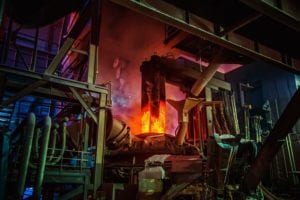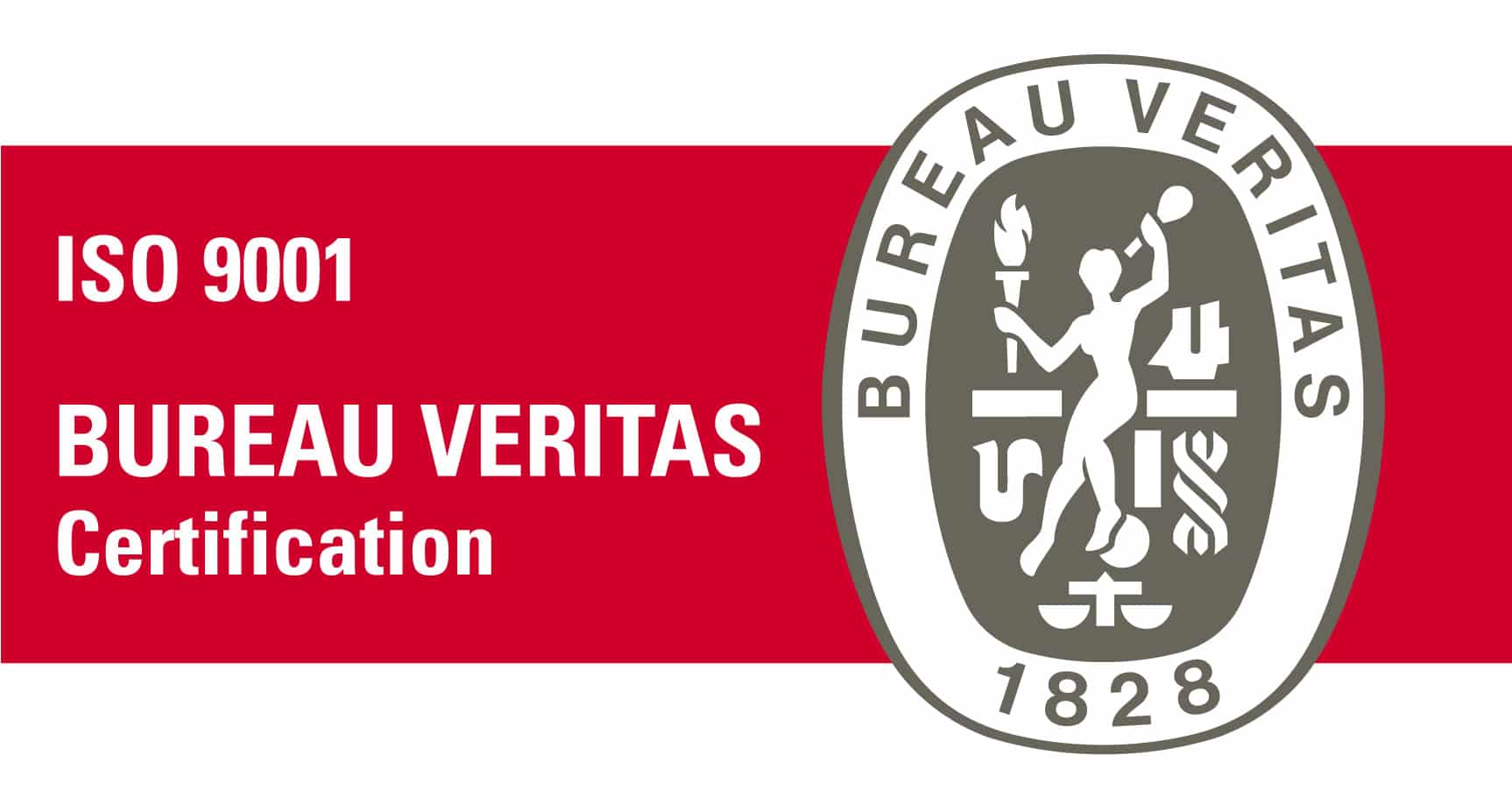Carbon Steel Wire Prices to Rise Soon Due to Factors Related to Increased Costs
By: John Mintun
There are very significant price increases coming for carbon wire products. Over the past few months our rod mills have experienced a number of increases in their costs that have become too burdensome to absorb and, as a result, have been passed along to our wire producing sources. The majority of our domestic sources have published price increase letters to us, and because of the nature of these increases, they will need to be passed along.
Historically, when the calendar turns to a new year, our domestic sources are generally looking for increases based on scrap costs. January usually starts the cycle. The difference in 2018, compared to many of the proceeding years, is that these initial increases are not based on the fluctuation of scrap pricing. In fact, scrap movement had been the only justification the rod mills used over the past several years to move on pricing. This year is very different. The following article shows the causes the rod mills are using to justify price increases.
Get a Price on Carbon Steel Spring Wire
Graphite Electrodes and Needle Coke
In the steel making process, (it should be pointed out that steel is the most recycled product in the world) scrap is melted down along with other fortifying elements to produce new steel. Graphite electrodes are used in the process to get the scrap to melt to above 3000 degrees Celsius. 
Needle coke is produced as a by-product in the petroleum industry. It is a process heavy (time consuming) product that involves baking and re-baking the “pet-coke” until it becomes needle coke. One of the larger producing facilities in Texas sustained significant damage during Hurricane Harvey, shuttering production for several weeks.
During this time, costs for the graphite electrodes surged from $1.00/lb. to $16.00/lb.. Most mills buy the graphite electrodes on a yearly contract. Fortunately, most of the mills were protected on price until the end of 2017. Price had retreated during the negotiation period; however, the costs are still much higher for the producing mills than in previous years.
At this point it appears that the carbon mills are putting this into the base price while the stainless mills are including it in their surcharges, if applicable.
Freight
With the economy improving at the same time a driver shortage, as well as, new government regulation on how long a driver can drive, has created capacity constraints. The mandatory use of the Electronic Logging Device (ELD) may prove to be problematic for drivers, as it applies even when they are waiting to be loaded/unloaded. This will now count against their daily allotted time. As a result, pricing is on the rise and the mills are suggesting again, these are costs that add to their increased production costs.
Trade Cases
Another factor putting the wind at the rod mills back is the fact that the domestic produces, Nucor, Keystone, Gerdau, and Charter, have pursued 13 countries for duties on imported rod. To date, the Commerce Department has ruled primarily in favor of establishing duties. This has eliminated a great deal of foreign rod coming in to the US, as there is a fear duties may be retroactively applied to the importers.
Also, the Trump administration is still investigating a ‘232 case’ on all steel products. This is an effort to prove that foreign steel impacts our national security. A decision to pursue or drop 232 is scheduled to be made by January 16th.
These two protectionist measures add to the confidence of the rod mills that they can successfully increase pricing as the importation of foreign material decreases.
What does this mean?
The wire mills, captive to the increase in rod costs, are mostly in lockstep and are seeking increases in mid-January for around $4.00/cwt. As a result, we will be forced to raise our pricing accordingly.
Also, as these current increases are not based on scrap. It should be pointed out that scrap has recently increased and the mills are pointing to this for potential further increases for February/March.










